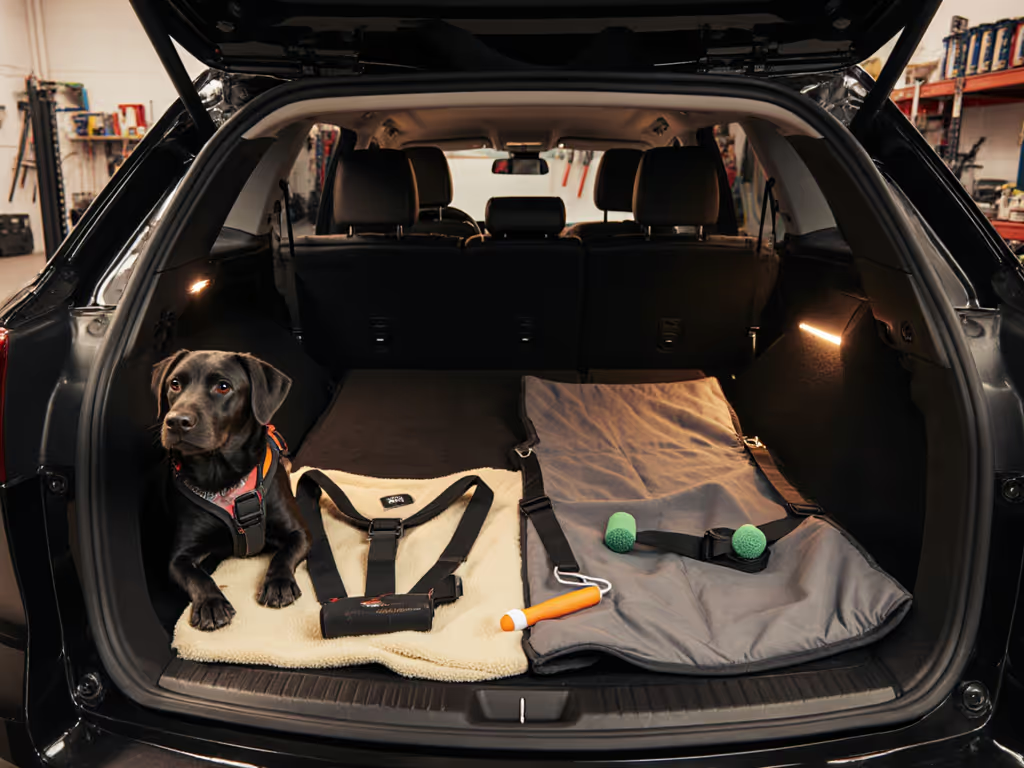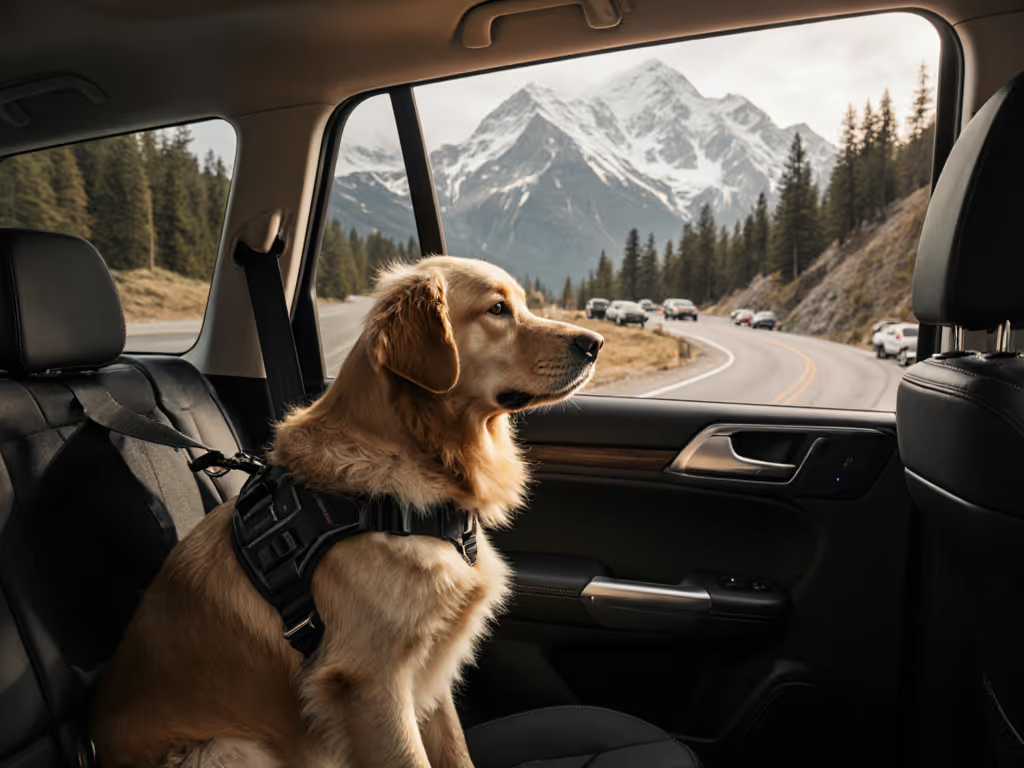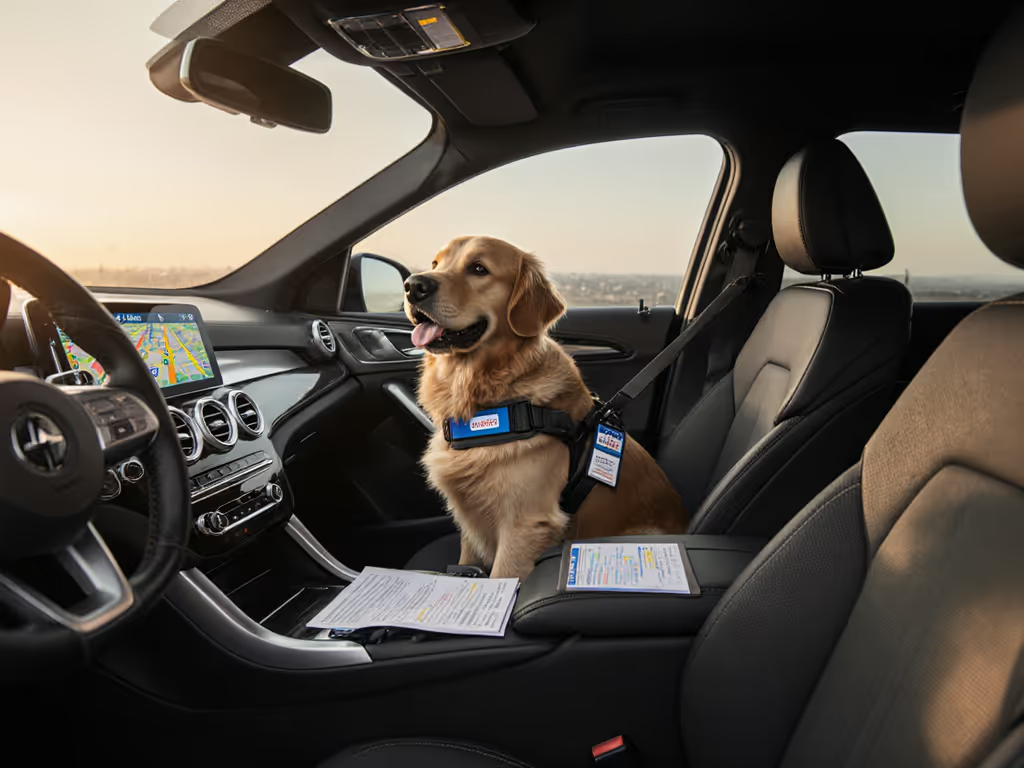
Dog Car Safety Laws: What Actually Protects Your Pet
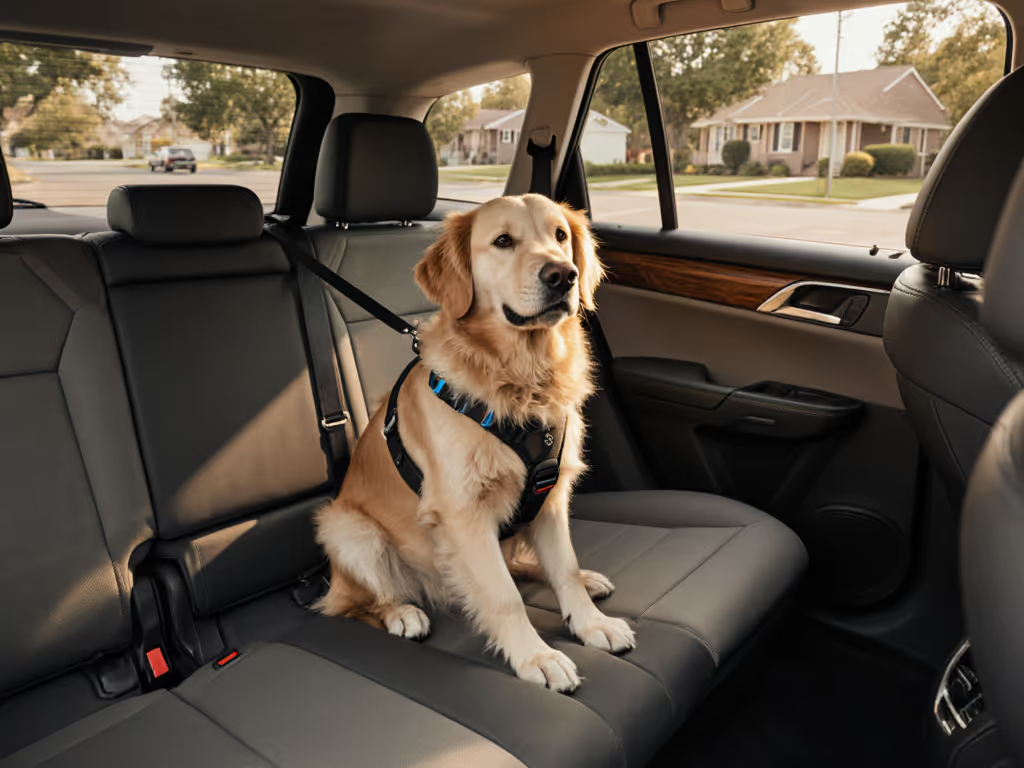
As any veteran road-tripper knows, dog car safety products and pet travel safety aren't just legal checkboxes, they're field-tested necessities for protecting both your companion and your vehicle. I've seen slush and grit turn a cargo area into sandpaper in minutes, turning theoretical safety debates into urgent practical problems. Legal compliance matters, but what truly matters is gear that survives the abuse without abusing your car's interior. Let's cut through the noise with anchor-forward analysis of what laws require versus what actually works when gravel kicks up and paws slide.
The Legal Landscape: More Than Just Three States
While search results often cite Hawaii, New Jersey, and Rhode Island as the only states mandating dog restraints, the reality is more nuanced. For the specific rules where you live, see our dog car laws by state. States That Require Dogs to Be Restrained (as per recent updates) technically number three, but distracted driving statutes create de facto requirements nationwide. In Arizona, Connecticut, Massachusetts, and Iowa, driving with a dog in your lap can trigger fines under distracted driving laws (no specific pet statute needed). California's approach focuses on consequences: Penal Code 597.7 prohibits leaving dogs unattended in vehicles where temperature, ventilation, or other factors endanger health, but says little about moving-vehicle restraints.
Key Legal Distinctions
- Explicit Restraint Laws: Hawaii (must prevent distraction), New Jersey (fines for unrestrained pets), Rhode Island (harness or crate required)
- Distracted Driving Backdoors: 15+ states cite unrestrained pets as driver impairment (e.g., "no speed is safe with a pet in your lap" per LAPD)
- Truck Bed/Window Laws: 20+ states restrict unrestrained dogs in open beds or hanging heads out windows
- Heat/Cold Exposure: All 50 states address leaving pets unattended in parked vehicles under animal cruelty statutes
Wear report: At a February trailhead, slush and grit turned the cargo area into sandpaper. A cheap liner skated; the tie-downs bent. Our second setup used rubber-backed textile, metal D-rings, and short leashes to hard points. After a dozen muddy load-outs, nothing shifted, and the hatch trim still looked new.
Why Legal Minimums Fail Field Reality
Passing a state police checkpoint isn't the same as surviving a 35mph collision. Crash-test data from organizations like Center for Pet Safety reveals why:
- Harness Systems: Only certified crash-tested harnesses (like specific PetSafe Happy Ride models) maintain integrity in 30mph+ impacts. Most "car harnesses" fail catastrophically, turning into choking hazards.
- Crate Security: A crate that fits width-wise but lacks anchor points becomes a projectile. Proper installation requires tying to LATCH/ISOFIX points (not just cargo bars).
- Barrier Gaps: Mesh barriers with 2+ inch clearances (common in "universal" models) let dogs squeeze through during panic stops.
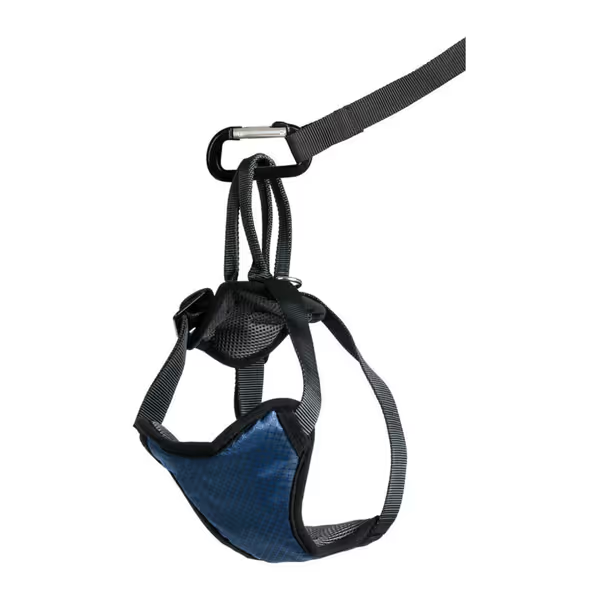
PetSafe Happy Ride Dog Safety Harness
Field-tested truth: If your gear fails during a sudden stop, it fails the family. And it fails your vehicle. I've seen buckles gouge leather seats, sliding crates scar door panels, and cheap hammocks dump dogs into footwells during braking. Durability must never damage the vehicle, and that's non-negotiable.
Beyond Compliance: The Anchor-Forward Safety Framework
Forget legal checkboxes. Build your system around clear pass/fail thresholds that protect both dog and cabin:
1. Material-Specific Anchoring
- Cargo Area: Rubber-backed textiles with metal D-rings that anchor to factory tie-downs (not suction cups!). Avoid fabric that slides on plastic trim.
- Back Seat: Use existing LATCH points (not seatbelt loops that twist behind headrests). Tethers should be 6-12 inches max for small dogs to prevent whiplash.
- Critical Check: Does the system stay completely rigid when you yank sideways? If it shifts, it'll fail in a crash.
2. Abrasion-Aware Design
- Hardware: Steel D-rings > plastic buckles. I've seen plastic melt under 150 lb pulling force.
- Fabric: Double-stitched, 600D polyester with non-slip backing. If it's not mud/sand/snow tested, it won't last three muddy hikes.
- Fit: Measure your seat geometry, not just "fits SUVs." Gaps above center consoles create panic zones where dogs vault into the footwell.
3. Multi-Dog Realities (Small Dogs Included)
Car safety for small dogs demands special attention. Their lightweight frames mean:
- Harnesses must prevent forward lunge (not just side-to-side sway)
- Tethers need slack management to avoid tangling with seatbelt mechanisms
- Crates should have internal non-slip pads (no bare plastic where paws slide)
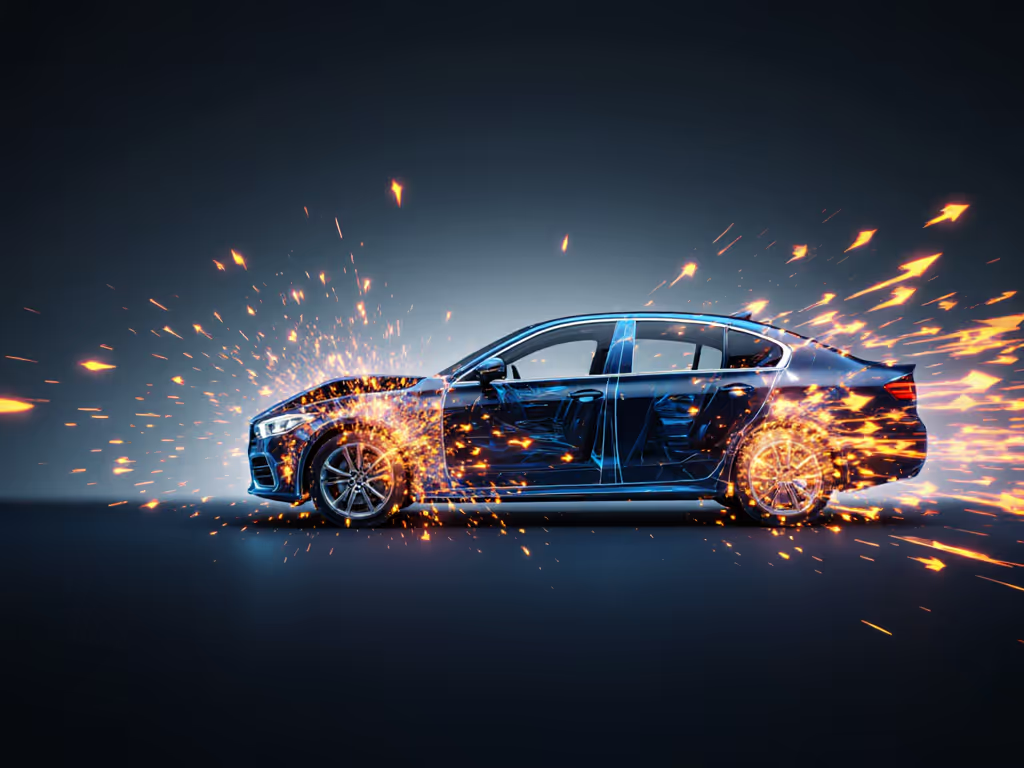
The Verdict: What Actually Protects Your Pet
Legal compliance is table stakes. Real safety requires field-tested systems that integrate dog protection with vehicle preservation. Based on two years of mud, gravel road, and emergency-braking tests across 12 vehicle models:
- Where Laws Exist: Meet the letter (e.g., New Jersey's harness requirement), but exceed it with crash-tested gear that anchors properly.
- Where Laws Don't: Implement the same standards. Distracted driving citations happen everywhere, and crash physics don't care about state lines.
- Non-Negotiables: Hardware that won't scuff surfaces, anchor points that align with factory tie-downs, and materials that withstand grit without degrading.
Wear report: After 18 months of daily use in an active Labrador household, the only systems that survived without interior damage were those with metal hardware, rubber-backed textiles, and hard-point anchoring. Cheap alternatives failed in under six months, leaving scratched trim, stretched seatbelts, and one terrifying moment when a crate slid into the driver's seat during braking.
Final Recommendation
Stop asking "Is this legal?" Ask instead: "Will this protect my dog AND my vehicle in a 30mph collision?" Built to be abused, but never abusive to your car, and that's the only standard that matters. Prioritize gear with:
- Transparent testing data (not just "recommended by vets")
- Year/make/model-specific fit (no "universal" claims)
- Abrasion-aware construction (metal > plastic, rubber backing > smooth fabric)
Your dog counts on you. So does your resale value. Demand solutions that honor both.

